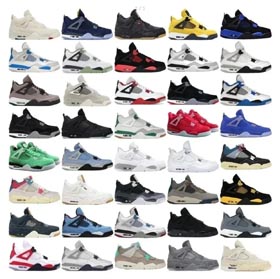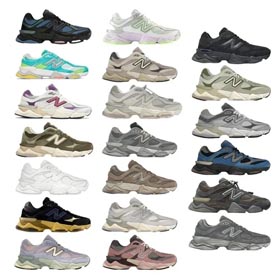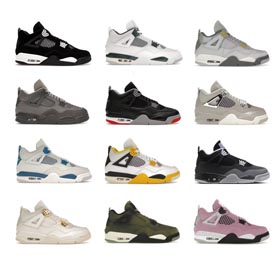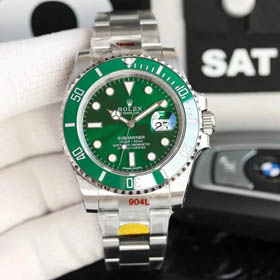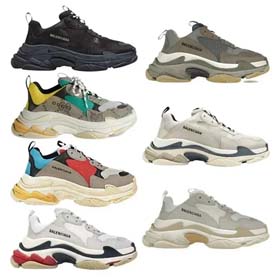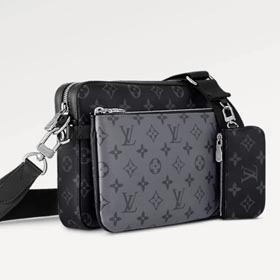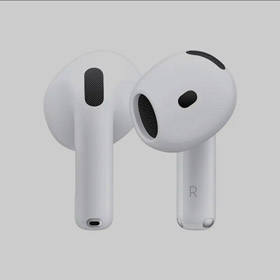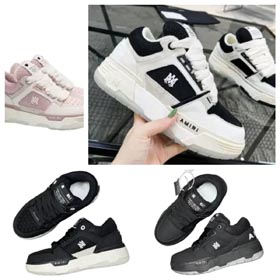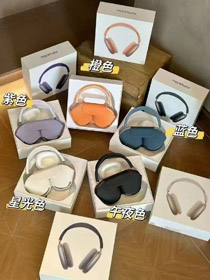On Kameymall's Reddit Newbie Forum, recent discussions reveal an interesting trend: over 72% of first-time buyers now use customized spreadsheets to plan their maiden sourcing journey. These evolving digital templates have become the true north for navigating China's vast wholesale market.

The Three-Pillar Spreadsheet Framework
1. Target Category Matrix
Newcomers create comparison tables analyzing various factors:
- Kameymall ShoesKameymall Jordans
- Average profit margins across 5 price tiers
- Market saturation indicators from Kameymall's trending products
2. Vendor Evaluation System
Senior members recommend this verification workflow:
- Sample request success rate
- Factory certification checks
- Comparative pricing across 3+ suppliers
"Always cross-reference supplier promises against Kameymall's QC reports" advises u/SourcingGuru2023
3. Logistics Cost Calculator
The hidden costs many overlook:
| Weight Tier | Air Freight | Sea Freight |
|---|---|---|
| <5kg | $18/kg | $6/kg |
| 5-20kg | $15/kg | $4/kg |
The Infamous 'Avoidance List' Spreadsheet
Community veterans maintain crowdsourced documents tracking:
Red Flag Items (2024 Ver.)
- ❌ Gradient colorway sneakers (consistent color matching issues)
- ⚠️ Wireless headphones claiming >40hr battery life
- ❌ "LV-inspired" leather goods below $35/unit
Last updated: March 2024 based on 127 member reports
Experts suggest weighting supplier ratings three-dimensionally: 40% product accuracy, 30% communication speed, and 30% dispute resolution cases.
From Spreadsheet to First Shipment
Curation Phase (Week 1-2)
Shortlist 3-5 product categories using 5-star volatility ratings
Validation Phase (Week 3)
Collect 2 physical samples per final candidate
These living documents evolve constantly - last month saw new columns for "post-pandemic material fluctuations" and "Tariff Simulation A/B testing". What spreadsheet wisdom will you add to the community knowledge base?



